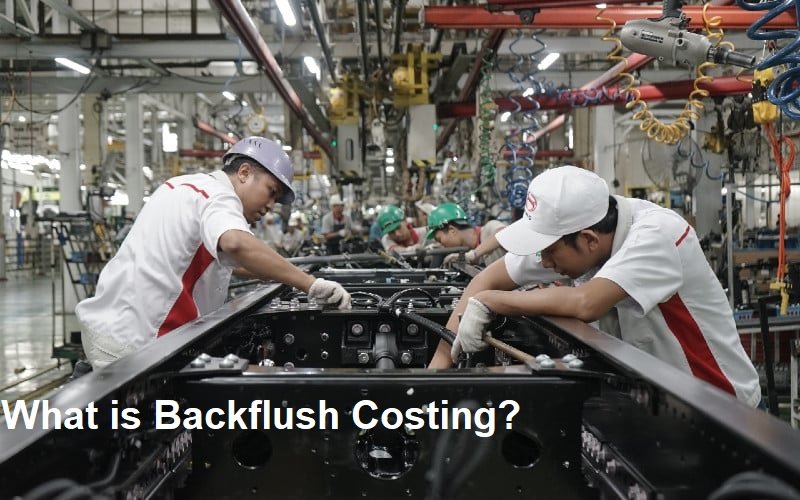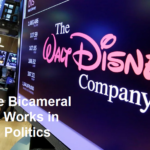Backflush costing is a cost accounting method used in modern production systems, particularly in companies that implement the Just-in-Time (JIT) concept. Unlike traditional cost accounting methods that record each stage of production in detail, backflush costing streamlines the recording process by calculating costs at the end of the production process, when the product is completed. This method makes cost recording faster and more efficient because it eliminates the need to directly record each raw material usage.
The term “backflush” describes how this method works: “flowing backward,” or recording costs after the final product is finished. In traditional costing, each time raw materials are taken from the warehouse, they are recorded in the general ledger as a materials expense. However, with backflush costing, recording is done immediately after the goods are finished. This system assumes that all raw materials, labor, and overhead costs have been used according to predetermined cost standards.
One reason backflush costing is widely used is because it supports administrative efficiency in modern manufacturing companies. In fast-paced production systems like lean manufacturing and Just in Time (JIT), companies strive to minimize raw material and work-in-process inventories. Therefore, recording costs at the end of the process helps reduce the complexity and time required to calculate each stage.
For example, imagine an electronics factory producing smartphones. In conventional methods, each component, such as the battery, screen, or casing, is recorded individually each time it is used. However, with backflush costing, the system only records the total cost after the smartphone is fully assembled. This means that the costs of materials, labor, and overhead are “flushed,” or included in the financial statements based on the number of finished products, not the process itself.
The main advantages of backflush costing are its simplicity and efficiency. Companies don’t need to involve a large amount of administrative staff to record every material movement or production process. Furthermore, this system allows management to quickly obtain production cost reports, which can be used for strategic decision-making. In industries with high production volumes and fast processing times, this speed of recording is a significant advantage.
However, this method also has drawbacks. Because recording occurs at the end of the process, backflush costing is not suitable for complex production systems or those involving a wide variety of products. If there are production defects, lost materials, or cost deviations mid-process, this system will not immediately detect these differences. As a result, cost reports can be inaccurate if not balanced with strict production monitoring.
Furthermore, backflush costing can only be applied to highly standardized production systems with a smooth flow of materials. This means that this method is more suitable for companies that already have a solid control system and are able to maintain efficiency and discipline on the production floor. If applied to companies with manual work systems or inconsistent production flows, this method can lead to significant recording errors.
In general, backflush costing is an ideal choice for modern companies that prioritize efficiency, speed, and automation in cost recording. However, this system still requires the support of information technology such as ERP (Enterprise Resource Planning) to maintain data accuracy and transparency of raw material movement.
In conclusion, backflush costing is a production cost calculation method that delays recording until the product is finished, with the aim of simplifying administrative processes and expediting financial reporting. This method is particularly useful for fast-paced and standardized production systems, but requires strong oversight to ensure accurate results.












